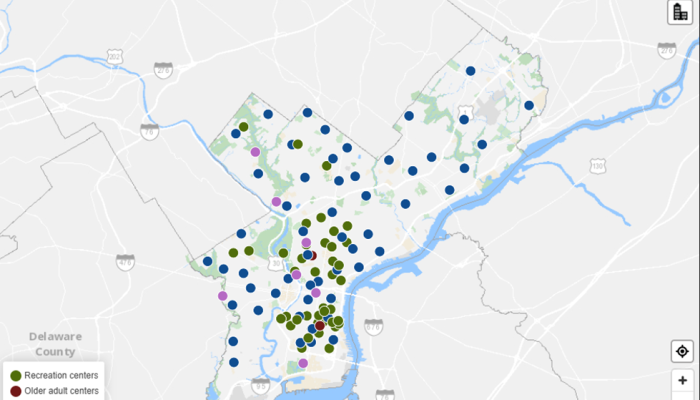This post was written by Henry Garie, Chief Data Officer and Geographic Information Officer for the Office of Innovation and Technology
Since becoming the Chief Data Officer and Geographic Information Officer for the City last year, I have been thinking about the mission of the Office of Innovation and Technology’s CityGeo team and how to expand it. For approximately the past 10 years, this team has led the way in creating a strong geographic information system (GIS) presence citywide and built a vibrant community of geospatial analysts.
The CityGeo team shares data used for mapping, analysis, and City services by creating applications, publishing geographic data, and more. Now we can build on that success by creating an overall data management strategy for the City of Philadelphia to maintain our collected data and allow us to use it in the most efficient and beneficial ways.
Over the next several months, I plan to share a series of short thought pieces about key elements of this strategy. The first piece below describes an essential aspect of any data management strategy—developing a reliable and secure foundation to organize and share City data.
DataBridge: Philadelphia’s Information Sharing Platform
The City of Philadelphia collects a lot of data, from property values to permit information, and gathers this information in an organizational environment consisting of over 50 departments. Data often exists in different formats and systems, making it difficult to integrate all the different data needed to support important decisions that affect the city. To change the way our data is organized, managed, and shared, CityGeo created Databridge, the City’s platform for integrating, improving, and sharing information. DataBridge gathers information from numerous City systems to produce an authoritative data set for the entire City that can be accessed through open standards, known as application program interfaces (APIs), to support applications, analytics, and decisions.
At the heart of DataBridge is a secure data warehouse that stores spatial data showing the location, size, and shape of a physical object such as a building, as well as non-spatial data that is not directly linked to a location.
Data analysts across City agencies follow established workflows and governance standards for sharing data via Databridge, including providing information about data accuracy and quality, data access, and documenting workflows.
Why is DataBridge important?
- Accessibility. DataBridge provides access through a single platform to data needed by multiple City programs.
- Authority. Databridge ensures that shared data is trustworthy and accessible from a single source when agency data owners decide that their system of record data can be labeled authoritative and serve as the City’s preferred data set for key information.
- Efficiency. DataBridge eliminates the need for data requests and/or regular data updates from one agency to another.
- Ease of dissemination. DataBridge makes data available for regular publishing through CityGeo’s Open Data program. Residents can then access and use this data for business, engaging and improving their communities, conducting academic research, informing policy, and more.
- Interoperability. The use of industry standards ensures that the information exchange is easy and reliable.
Next for DataBridge
The concept of developing a central data warehouse for the City of Philadelphia began with the GIS community and has grown significantly over the past several years. DataBridge currently shares data across more than 30 City departments and contains over 650 data layers, many of them spatial data.
There are many more individual data sets that can support multiple department programs and complex issues when these are incorporated into DataBridge; and can be easily shared as trusted and reliable information resources.




